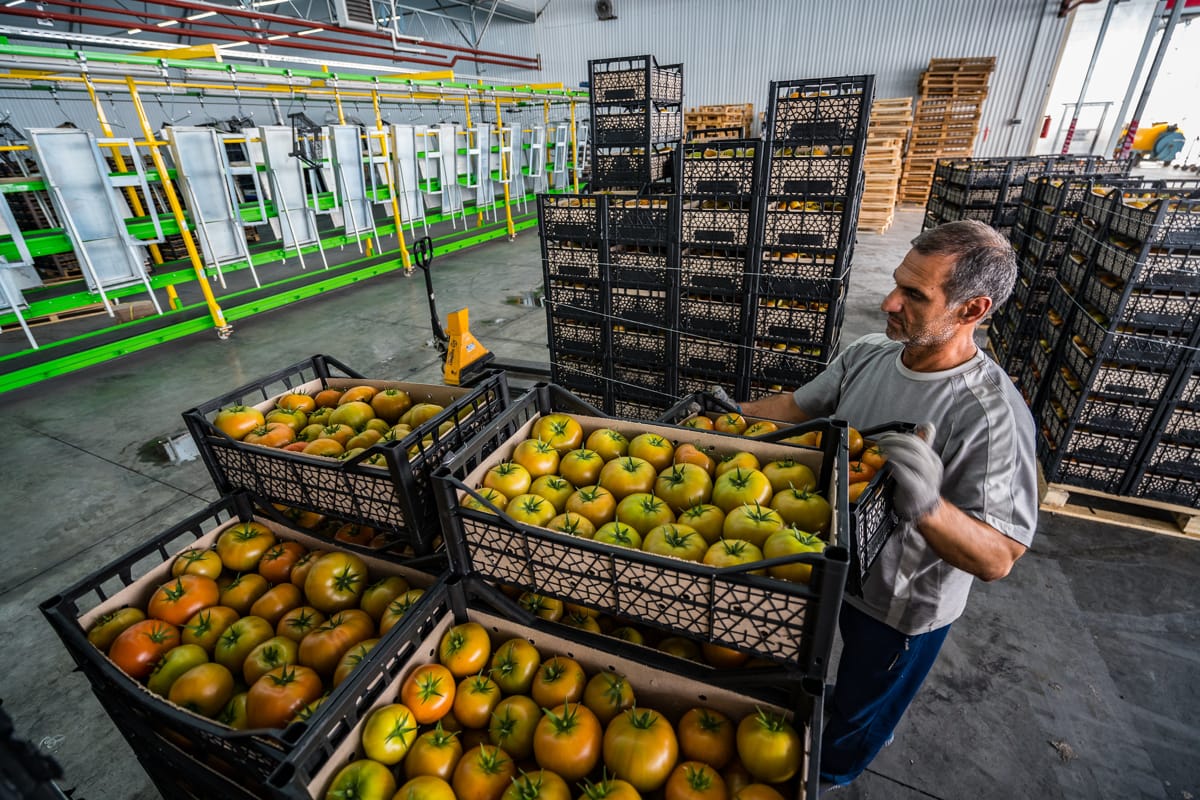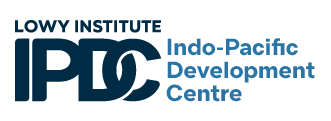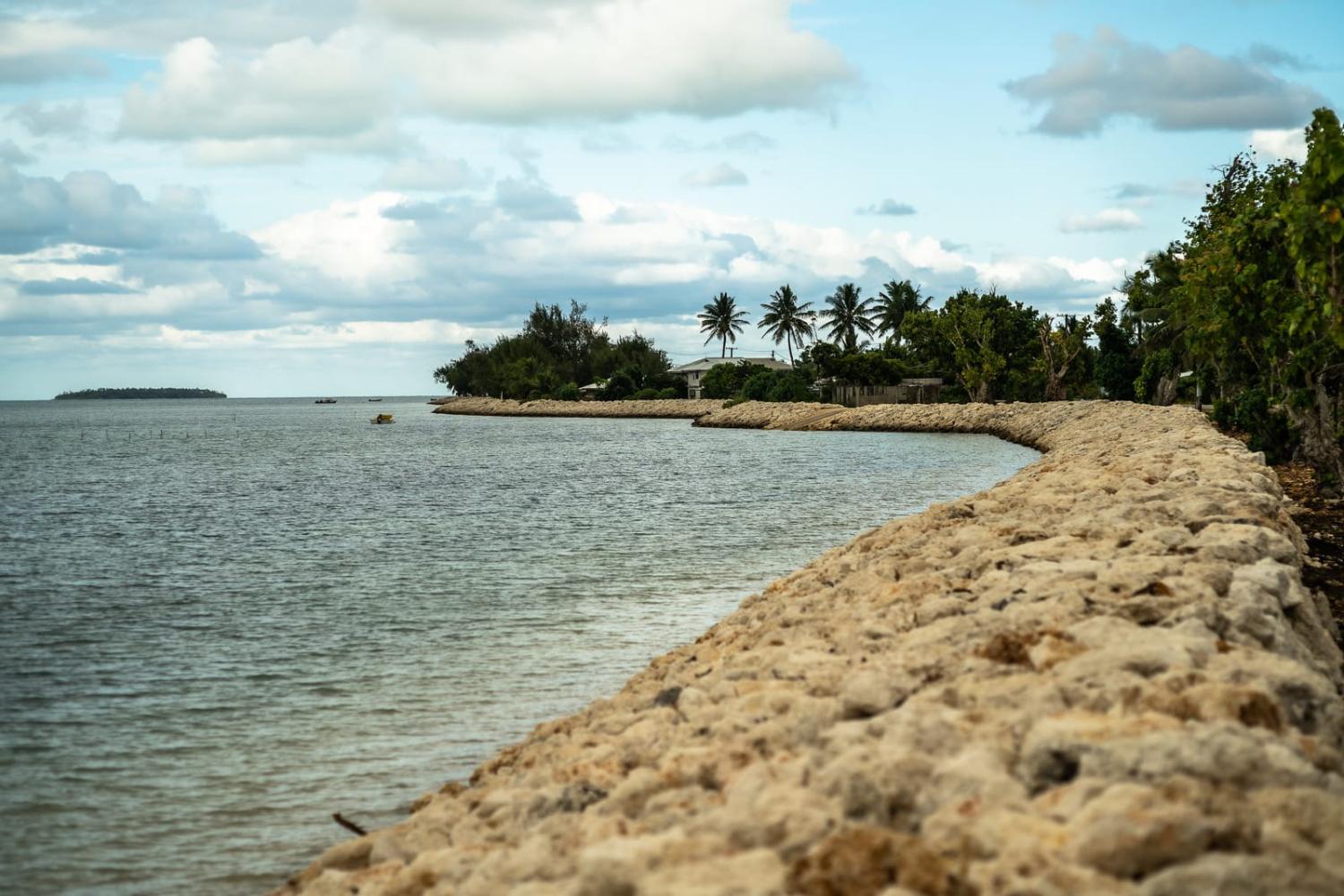The annual UN climate talks, known this year as COP28, are just around the corner. A key item on the agenda will be setting a framework in support of the Global Goal on Adaptation (GGA). Signed as part of the Paris Agreement in 2015, the aim is to boost efforts around the world to ensure the protection of vulnerable populations. Bolstering global momentum on adaptation is urgently needed because current efforts are already substantially off-track as the pervasive effects of climate change are increasingly evident.
The new framework seeks to track, measure and monitor progress on a global scale. A common metric will allow adaptation action to be compared across countries.
Although not an easy task, it’s critical to finalise the framework this year.
Guidance for countries to pursue the GGA is well overdue. Although adaptation is positioned as a counterpart to the goal of limiting the increase in global temperatures, in practical terms the GGA lacked clear direction for developed and developing countries to achieve this aim given the substantial differences in vulnerability and capacity.
Progress to advance the GGA was only made during 2021 talks via the introduction of the two-year Glasgow-Sharm el-Sheikh work program. Over the course of several workshops, negotiators agreed to design the GGA framework to provide a clear pathway for countries to implement resilience-building solutions that would be comparable across countries.
But reaching agreement this year on the structure of the GGA framework has proved a major sticking point.
One challenge involves developing standardised indicators to record progress, measure success, and compare improvements. Quantifiable, time-bound targets are clearly needed. For mitigation efforts, this can be universally gauged through emissions reductions. But adaptation lacks a single, easily calculable basis of assessment and efforts taken don’t always lend themselves to being “counted”. Quantitative targets, for example, could be the number of hectares of cropland made drought resilient. But then qualitative targets must be considered. This could involve assessing improvements that a project makes to community wellbeing and resilience.
And adaptation solutions vary from place to place, depending on specific vulnerabilities. For instance, floodwater management is crucial for small island atolls combating sea level rise. But in drought-prone areas of Africa, climate-smart agriculture is required to ensure food supplies. Such differences make it exceptionally difficult to comprehensively track and differentiate progress.

Negotiators have explored a range of solutions to ensure targets are universally applicable. This includes breaking down targets based on distinct stages of the adaptation policy cycle – covering risk assessment, planning, implementation, and monitoring. One illustrative target under consideration is to achieve 100 per cent coverage of the population with early warning systems for extreme weather events by 2030.
Another useful suggestion involves setting objectives around globally applicable thematic areas, such as food security or health.
For developing countries, a crucial element is implementation support from richer nations. Like adaptation itself, funding also falls short. The latest UNEP Adaptation Gap Report estimates that adaptation finance needs to be 10-18 times higher than at present and continues to lag far behind mitigation finance.
Some participants have called for adaptation finance to be included in the GGA framework, with a suggested target amount of US$400 billion in grant funding per year by 2030. While in line with estimates of the funding requirements, this is far beyond the current climate financing commitments from rich to poor countries, which presently focuses on achieving US$100 billion a year in both grants and loans for adaptation and mitigation.
And donor countries are predictably resisting the inclusion of a financial commitment within the framework, insisting that developing nations must also engage with commercial lending through the private sector, even though most adaptation projects lack a compelling business rationale for investment.
While predictable finance for adaptation – and more of it – is clearly needed, integrating a financial commitment into the GGA framework does risk distracting from the core goal, to capture and assess adaptation progress made by both developing and developed countries. Adaptation finance is to be included in the science-based New Collective Quantified Goal at COP29 next year, which is set to replace the US$100 billion per year target. Getting the framework up and running should therefore take precedence. This will allow country financing requirements to be identified through the framework and inform the next steps.


